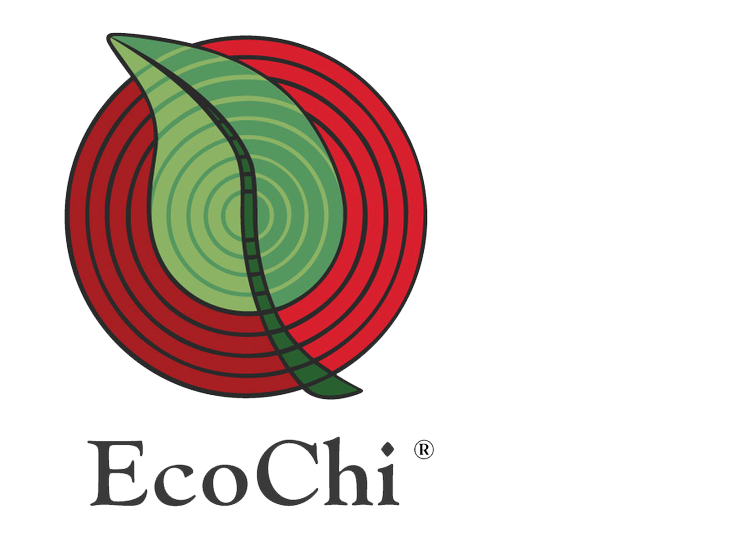Can a Rhino Bring Us Together?
An EcoChi Vital Abstract
This article was published in the October 2019 issue of National Geographic Magazine, story and photographs by Ami Vitale.
I began my career covering conflicts. Starting at 26, I found myself in places such as Kosovo, Angola, Gaza, Afghanistan, and Kashmir. But slowly, as I covered conflict after conflict, it became clear to me that journalists also have an obligation to illuminate the things that unite us as human beings. If we choose to look for what divides us, we will find it. If we choose to look for what brings us together, we will find that too. Those years in war zones led me to an epiphany: Stories about people and the human condition are also about nature. Behind virtually every human conflict, you will find an erosion of the bond between humans and the natural world around them. These truths became personal guideposts when I met Sudan, a northern white rhinoceros and, eventually, the last male of his kind. He was gentle, hulking, otherworldly. I knew I was in the presence of an ancient being, millions of years in the making (fossil records suggest that the lineage is over 50 million years old.) On that winter’s day, Sudan was one of only eight northern white rhinos left alive on the planet. When I met Sudan, the remaining northern white rhinos were all in zoos, safe from poaching but with limited success at breeding. Conservationists had hatched a bold plan to airlift four of the rhinos to Kenya. It was hoped, they would breed, and their offspring could be used to repopulate Africa. A demand for rhino horn based on little more than superstition has caused the wholesale slaughter of a species. But it’s encouraging that a group of people came together in an attempt to save something unique and precious, something that once lost would be gone forever. Meeting Sudan changed the trajectory of my life. Today my work doesn’t focus only on the human condition. Rather, I tell stories about nature, and in so doing, I tell stories about our home, our future, and the interdependence of all life. At 45, Sudan was elderly for his species. He had lived a long life, but now he was dying. In his last years he experienced again his native grasslands, although always in the company of armed guards to keep him safe from poachers. Sudan’s death was not unexpected, yet it resonated with so many. Watching a creature die—one who is the last of its kind—is something I hope never to experience again. It felt like watching our own demise. The northern white rhinos may not survive human greed, yet there is a tiny sliver of hope. Today only two females are left in the world, but plans are in place to try in vitro fertilization to breed them. Removal of a keystone species has a huge effect on the ecosystem and on all of us. These giants are part of a complex world created over millions of years, and their survival is intertwined with our own. Saving nature is really about saving ourselves. Sudan taught me that.
Copyright © 2019 EcoChi, LLC. All rights reserved.




